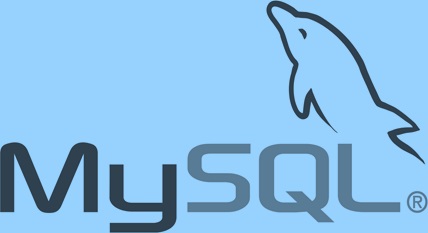Microsoft Windows Server 2003 R2 IIS 6.0 Remote Code Execution Technical Analysis and Solution
On March 37, Zhiniang Peng and Chen Wu disclosed the Internet Information Services (IIS) 6.0 WebDAV remote code execution vulnerability, which has been assigned CVE-2017-7269 and CNNVD-201703-1151. This vulnerability, which could cause buffer overflows, is associated with the ScStoragePathFromUrl function in the WebDAV service in IIS 6.0 in Microsoft Windows Server 2003 R2.






